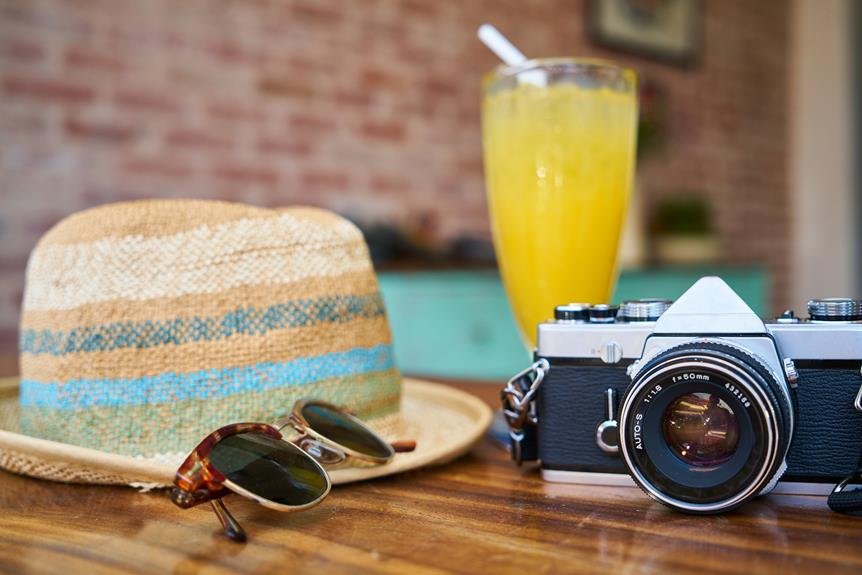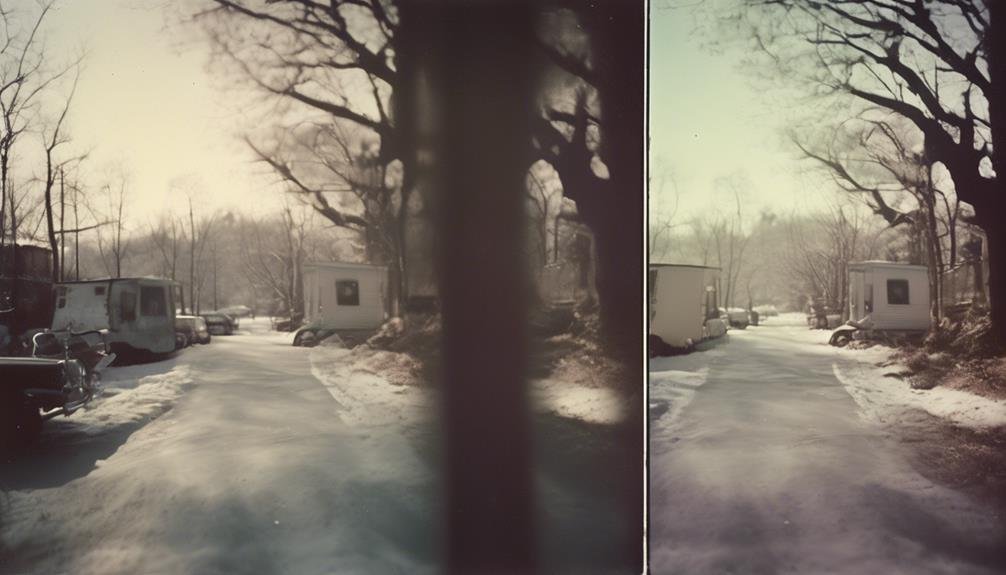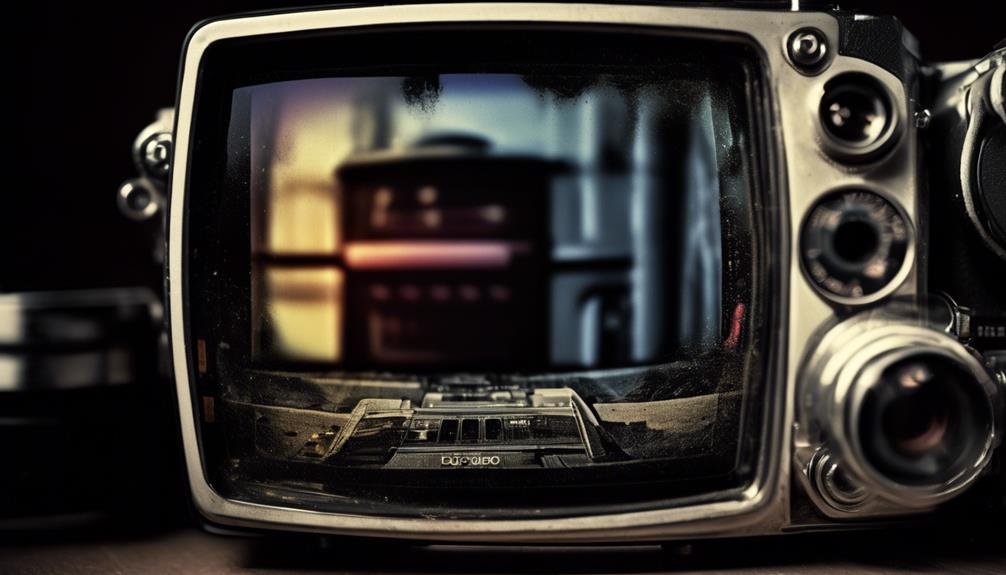
They say that a picture is worth a thousand words, but when it comes to mirrorless camera shots, the right color grading can elevate a picture to a whole new level. With the increasing popularity and advancement of mirrorless cameras, mastering color grading techniques is essential for achieving professional-looking results. From understanding color temperature to utilizing white balance tools, there are numerous tips and tricks that can make a significant difference in the final output of your mirrorless camera shots. Whether you're a seasoned photographer or just starting out, these color grading tips will help you unlock the full potential of your mirrorless camera shots and bring your creative vision to life.
Understanding Color Temperature
Understanding color temperature is essential for achieving accurate and consistent color grading in mirrorless camera shots. Color temperature refers to the warmth or coolness of light and has a significant impact on the mood and atmosphere of a scene. When we understand color psychology and lighting techniques, we can effectively manipulate color temperature to convey specific emotions and enhance the storytelling in our shots.
In color psychology, warm tones like red, orange, and yellow evoke feelings of warmth, comfort, and energy, while cooler tones such as blue and green create a sense of calm, serenity, and mystery. By leveraging lighting techniques to control color temperature, we can influence these emotional responses in our audience. For example, using warmer lighting can make a scene feel cozy and inviting, while cooler lighting can establish a more distant or melancholic ambiance.
Mastering color temperature empowers us to craft visually compelling narratives, capture the essence of a moment, and evoke powerful emotional responses from our viewers. It's a fundamental aspect of creating captivating mirrorless camera shots and is a skill that continuously evolves with technological advancements and innovative lighting solutions.
Utilizing White Balance Tools
To achieve accurate color grading in mirrorless camera shots, we utilize white balance tools to ensure true-to-life color representation in our images. When it comes to white balance techniques, we rely on the following methods to achieve optimal results:
- Custom White Balance: We use a neutral target, such as a grey card, to create a custom white balance setting in-camera. This ensures that the colors in our images are accurately represented based on the specific lighting conditions of the scene.
- White Balance Presets: Leveraging the white balance presets available in our camera settings allows us to quickly adjust for different lighting scenarios, such as daylight, cloudy, shade, or artificial light. This helps streamline our color grading workflow by providing a solid foundation for accurate color representation.
Adjusting Exposure and Contrast

After setting the custom white balance and utilizing white balance presets, we adjust the exposure and contrast to further enhance the visual impact of our mirrorless camera shots. To begin, we analyze the histogram to ensure optimal exposure. This helps in identifying any areas of under or overexposure. By adjusting the exposure, we can bring out shadow detail while maintaining highlight information.
When adjusting contrast, we focus on three main areas: highlights, shadows, and midtones. We start by fine-tuning the highlights to ensure they are vibrant but not overblown. This helps in preserving the details in the brightest areas of the image. Next, we work on enhancing the shadow detail without losing the overall contrast. Balancing the midtones is crucial for achieving a natural and pleasing look.
Incorporating these adjustments allows us to create a more dynamic and visually appealing image. It is essential to strike a balance between preserving the integrity of the original scene and enhancing it to convey the intended mood and atmosphere.
Enhancing Colors With Saturation
Enhancing colors with saturation brings vibrancy and richness to our mirrorless camera shots, elevating the visual impact and adding depth to the overall composition. To achieve optimal results, we employ various saturation techniques and color grading techniques that enhance the colors in our images. Here's how we do it:
- Adjusting Saturation Levels: We carefully adjust the saturation levels to intensify the colors in our shots, making them more vivid and striking.
- *Subtle Enhancements*: We make subtle adjustments to avoid oversaturating the image, ensuring that the colors appear natural and appealing to the viewer.
- Targeted Saturation Adjustments: By targeting specific hues, we can enhance the saturation of individual colors within the image, allowing us to create a more balanced and visually appealing composition.
- *Selective Color Enhancement*: We selectively enhance the saturation of specific colors, bringing attention to key elements in the scene while maintaining a harmonious balance across the entire image.
Using Color Grading Software

After mastering the art of enhancing colors with saturation, we seamlessly integrate the use of color grading software to further refine and perfect the visual impact of our mirrorless camera shots. Utilizing color grading techniques and advanced post-processing skills, we harness the power of software to achieve the desired mood and tone in our images. Here's a practical breakdown of how we use color grading software to elevate our photographs:
| Software Function | Description | Benefits |
|---|---|---|
| Color Wheels | Adjust individual color channels | Precise control over color balance |
| Curves Adjustment | Modify tonal range and contrast | Fine-tune brightness and contrast levels |
| LUTs Application | Apply pre-made color grades | Streamline the color grading process |
| HSL Adjustments | Tweak hue, saturation, and luminance | Targeted adjustments for specific colors |
Frequently Asked Questions
How Can I Achieve a Consistent Color Grading Look Across Multiple Shots in My Video Project?
Achieving a consistent color grading look across multiple shots requires meticulous attention to lighting and white balance during shooting. In post-production, utilizing color grading software and establishing a streamlined workflow ensures seamless integration of the desired aesthetic.
Are There Any Specific Color Grading Techniques That Work Best for Mirrorless Cameras With Certain Sensor Types?
We've found that the best color grading techniques for mirrorless camera footage involve understanding the specific sensor type. Tailoring color grading to the sensor's characteristics helps achieve the desired look, such as maximizing dynamic range and minimizing noise.
What Are Some Common Mistakes to Avoid When Color Grading Mirrorless Camera Shots?
We should avoid common mistakes when color grading mirrorless camera shots, such as neglecting white balance and inaccurately representing skin tones. It's crucial to prioritize color accuracy to enhance the overall quality of the footage.
Can You Provide Tips for Achieving a Cinematic Color Grading Style With Mirrorless Camera Footage?
Achieving contrast, color balance, and white balance are key for a cinematic color grading style with mirrorless camera footage. We use advanced color correction techniques to enhance the visual impact and create a captivating cinematic look.
Are There Any Recommended Color Grading Presets or LUTs That Are Designed Specifically for Mirrorless Camera Footage?
We've found some great recommended presets and LUTs for mirrorless camera footage. They're tailored to enhance the unique characteristics of different sensor types, making color grading techniques more efficient and effective.
